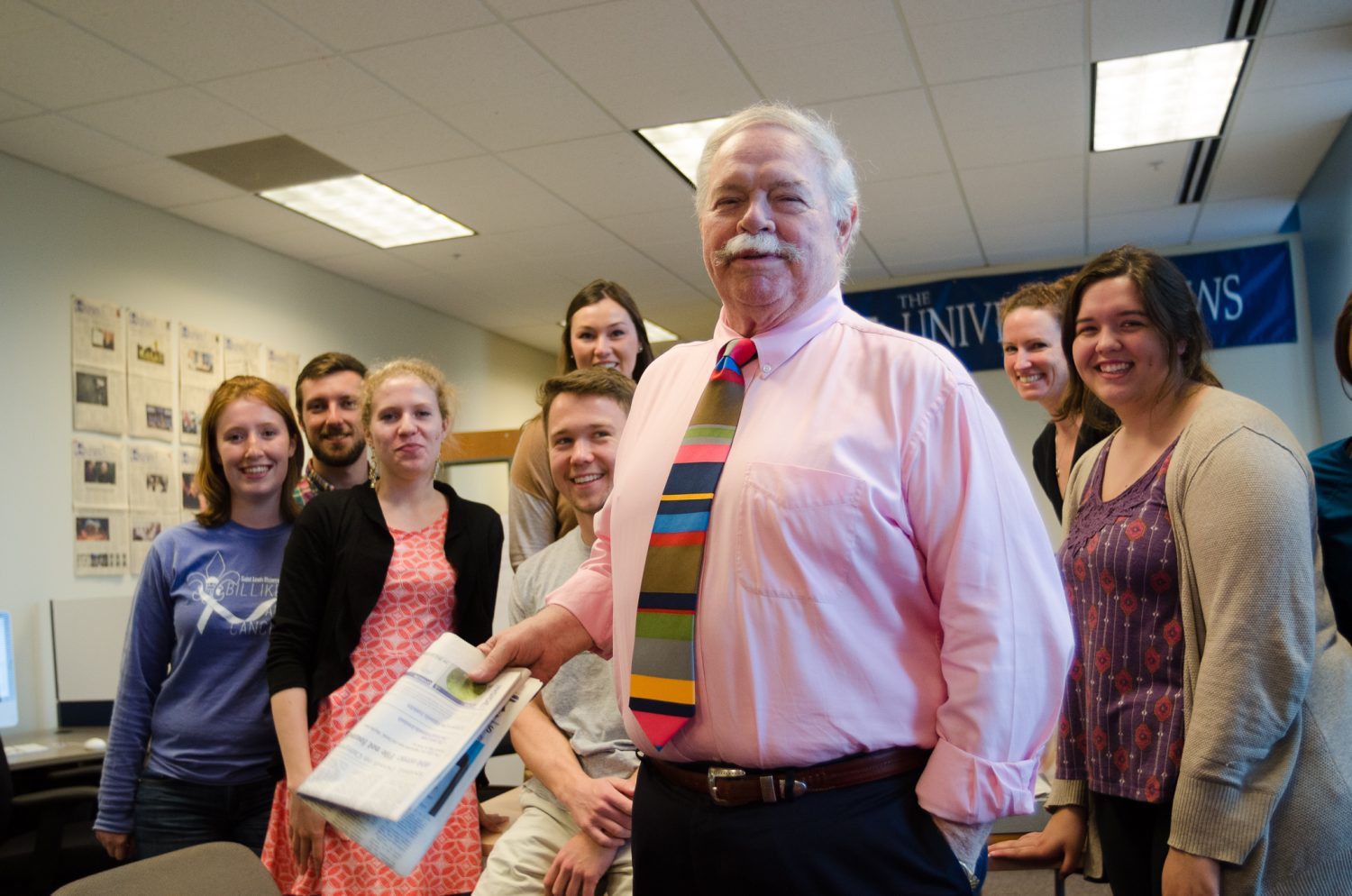The days of childhood magic and imagination may seem lost, but with the help of a skinny 11-year-old boy from London, named Harry Potter, the days of escaping into a world of witches, wizards and dragons are only a movie screen away.
Since his debut in 1997, Harry Potter has been long awaiting his first live performance. Harry Potter and the Sorcerers Stone, the first in J.K. Rowling’s eventual series of seven books, has sold more than 125 million copies and been printed in 45 languages. Harry Potter (Daniel Radcliffe) is an orphan, living with his incredibly ordinary aunt Petunia (Fiona Shaw) and bullying uncle Vernon (Richard Griffiths), the Dursley’s. His relatives callously make Harry believe that his parents were killed in a car accident. The Potter lives a miserable life in the cupboard underneath the. On his 11th birthday, a friendly giant named Hagrid (Robbie Coltrane) saves Harry from his tormented childhood and brings him to Hogwarts School of Wizardry and Witchcraft.
Director Christopher Columbus does a superb job utilizing special effects to weave the real and unreal into the screen to create a truly genuine picture.
The entire film has an element of fantasy that was once limited to the confines of our mind and can now be seen on celluloid The gondola scene across the lake toward the candle-lit castle at night is artwork in motion. Owls surround the Dursleys, as letters of acceptance to Hogwarts fly around inside, recreating a classic moment from the novel. The first-year student’s entrance into the Great Hall of Hogwarts complete with thousands of candles floating in air is a jaw-dropping shot. Watching Harry and his classmates play Quidditch, a wizard’s sport complete with broom sticks and flying balls, rivals the pod race in Star Wars: The Phantom Menace.
The scenery in the film goes from modern suburbia to a surreal Victorian town in Diagon Alley, buried magically in the center of London. The buildings, costumes and fantastical creatures all add to the reality being created by Rowling’s imagination and Columbus’ brilliance. They give a Dickensian touch to a film that plays with classical imagery throughout.
Rupert, as Ron Weasley plays the perfect side kick, quick to run his mouth and fiercely loyal to Harry and Hermione. Hermione is a joy to watch on the screen. She is first shunned for her diligence then befriended by the Harry and Ron for honesty and assistance. Dumbledore, played by Harris, is a great sage character. Maggie Smith’s portrayal of professor McGonagall is right on the mark.
Rickman was an outstanding choice for Potter’s adversary, Snape. The likeable Hagrid is well-played by Coltrane, of James Bond fame, as he adds comic relief and a rich character.
Significant plot elements of the book remain. While much of Harry’s life with the Dursleys and some of the side adventures in the school are omitted for time conservation, the bulk of the story remains in the two and half hours of film. The accents of some of the characters make it difficult to understand what they are saying and this can prove a problem for people seeing Harry Potter for the first time or not having read the books.
Composer John Williams uses woodwinds, trumpets and violins to capture the magic of Harry Potter. All of these elements come together to tell a great story that needed to be told on screen.
Movies have been in need of a carefree tale that revels in telling a great story that will grow with the characters as the sequels are released.
After seeing the movie you do get a sense that there can still be magic in your life and that is the moral of any great story. Grade: A





